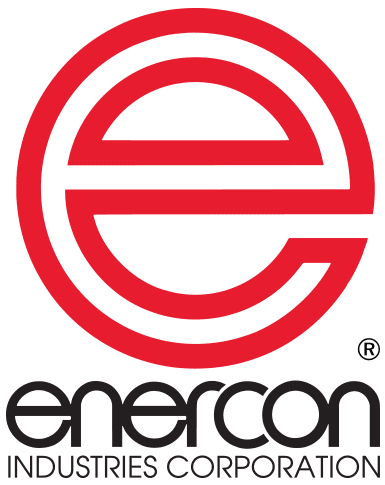Corona Treatment Power Supplies Designed for Reliability
Enercon corona treater power supplies are known as the industry’s most reliable. Designed and refined specifically for surface treating applications, the Compak™ line of power supplies serve converters and film extruders all over the world.
Key to their performance is an efficient system architecture which minimizes components while maximizing output. Less components means less failures which translates to less downtime. Their universal design is highly scalable to meet the needs of all power requirements. Our application engineers expertly match our power supplies to your specific application for optimal performance.
The Compak™ 2000 is the industry workhorse and satisfies all requirements for basic corona treating applications. Enercon’s newest innovation is the Compak™ Pro corona treater power supply series featuring an intuitive touchscreen which provides unprecedented operating control and configuration options. Its built-in intelligence monitors system data, alerts operators when faults occur, and provides maintenance reminders. A USB drive enables software upgrades and data communications.
For applications requiring 16kW or more Enercon offers customers two options. Either a single power supply or a twin power supplies in a single cabinet. These can be used in conjunction together or independently through a common interface.
Consult with Enercon’s application experts to determine which power supply and feature set is best for your operation.
Power Supplies





